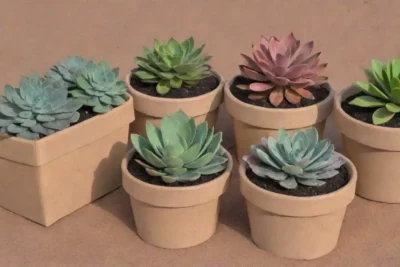
Finding the Right Drainage Hole Placement in Succulent Pots

Introduction
Succulents have gained immense popularity among plant enthusiasts due to their stunning appearance and relatively simple care requirements. These unique plants, characterized by their fleshy leaves and drought-resistant qualities, are often cultivated in pots that require careful selection and modification for optimal growth. One crucial aspect that many novice succulent owners overlook is the placement of drainage holes. Proper drainage allows excess water to escape, preventing root rot and other issues associated with overwatering, which are particularly detrimental to succulents.
This article will delve deeply into the significance of drainage holes in succulent pots, how their placement affects plant health, and practical advice for both experienced and new succulent lovers. We’ll also explore diverse pot materials, the role of pot shape, and how to ensure that your chosen pot supports the health of your succulent plants.
Understanding the Role of Drainage Holes
When it comes to succulent care, the importance of drainage holes cannot be overstated. Succulents thrive in dry environments, and standing water can lead to disastrous consequences. The primary function of drainage holes is to allow excess moisture to escape after watering, acting as a safeguard against potential root rot.
Root rot occurs when the roots sit in waterlogged soil for extended periods. For succulents, where water is stored within their leaves and stems, this fungal condition can develop quickly and can be fatal if not detected early. By ensuring that the pot has adequate drainage, you create a conducive environment for the roots to breathe, allowing for greater aeration and nutrient uptake.
Moreover, the size and number of drainage holes greatly influence the soil's ability to shed excess water. A single small hole may not suffice for larger pots or for specimens with more extensive root systems. Therefore, understanding the nature of your chosen succulent and its water needs is vital for determining how many drainage holes your pot might require.
Pot Material and Its Influence on Drainage
The material of the pot can significantly impact the effectiveness of drainage holes. Common succulent pot materials include ceramic, terracotta, plastic, and metal. Each of these materials has different properties that can impact moisture retention and drainage.
Terracotta pots, for example, are highly porous. They allow moisture to escape through the walls, making them ideal for succulents. However, if a terracotta pot lacks drainage holes, excess moisture can still accumulate at the base, leading to potential problems. On the other hand, plastic pots are lightweight and often inexpensive, but their lack of porosity can lead to excess water retention if adequate drainage holes are not established.
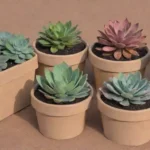 How to Insulate Your Succulent Containers During Winter
How to Insulate Your Succulent Containers During WinterCeramic pots often come with a glossy finish. While they can look stunning, it's important to check for drainage holes, especially in decorative pots. If you prefer heavy materials, metal pots can work as long as they are designed with sufficient drainage. Ultimately, consider the material not only for aesthetics but also for its impact on your succulent’s health.
Significance of Pot Shape in Drainage
The shape of the pot plays a role in water retention and the effectiveness of drainage holes. Wider, shallower pots tend to allow for faster evaporation and a quicker drying out of the soil, making them ideal for many succulent species. In contrast, tall, narrow pots can hold moisture for longer durations, which may prove detrimental to plants that require dry conditions.
Moreover, the shape will affect how water flows out of the pot. A pot with steep sides may cause water to collect around the edges and not flow out through the drainage hole efficiently. This is why selecting a pot with a broad base and gently sloped sides can encourage better water management.
Choosing pots that are specifically designed for succulent growth can also provide insights into the preferred shapes. While succulents can adapt to various pot styles, ensuring water can run freely from the holes is crucial for healthy growth.
Ideal Placement of Drainage Holes
Positioning for Efficient Drainage
When selecting or customizing a pot, pay attention to the placement of drainage holes. Ideally, they should be located at the bottom of the pot, allowing gravity to pull excess water away from the base. Multiple holes positioned strategically across the bottom can enhance drainage, preventing water buildup.
If you’re considering a pot without existing holes, it’s a good idea to examine the bottom for spots that would be appropriate for drilling. As a general guideline, placing holes in the corners of the pot or spreading them out evenly can help achieve optimal drainage.
It's also worth mentioning that elevation matters. Using pot feet or a saucer underneath the pot can elevate it slightly off surfaces, allowing for improved airflow beneath the pot and ensuring that water can flow out effortlessly.
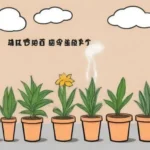 Why Choosing the Right Container Material Matters for Succulents
Why Choosing the Right Container Material Matters for SucculentsAdjusting Drainage for Soil Type
Another consideration in drainage hole placement involves the type of soil you’re using. Certain soils retain moisture more than others, making it crucial to adapt your drainage strategy accordingly. A heavier mix, like those that include organic matter or coconut coir, might necessitate more drainage holes to prevent water accumulation.
Conversely, using a gritty succulent soil mix designed for superior drainage allows for a more forgiving moisture retention and could mean less stringent drainage hole specifications. When in doubt, adding extra holes won’t hurt and will safeguard your plant's health.
Creative Solutions When Pots Lack Holes
If you find a beautiful decorative pot without drainage holes that you simply must have, there are still ways to use it effectively. One approach is to create a layered setup that includes a drainage layer. Place stones or gravel at the bottom of the pot, which will create a reservoir for excess water. After adding your soil, it will help ensure roots don’t sit in water.
Another techniques is to incorporate a soil moisture meter that can lend insight on when to water your plants. This approach allows you to monitor moisture levels closely and water only when necessary, reducing the likelihood of overwatering despite the lack of holes.
Conclusion
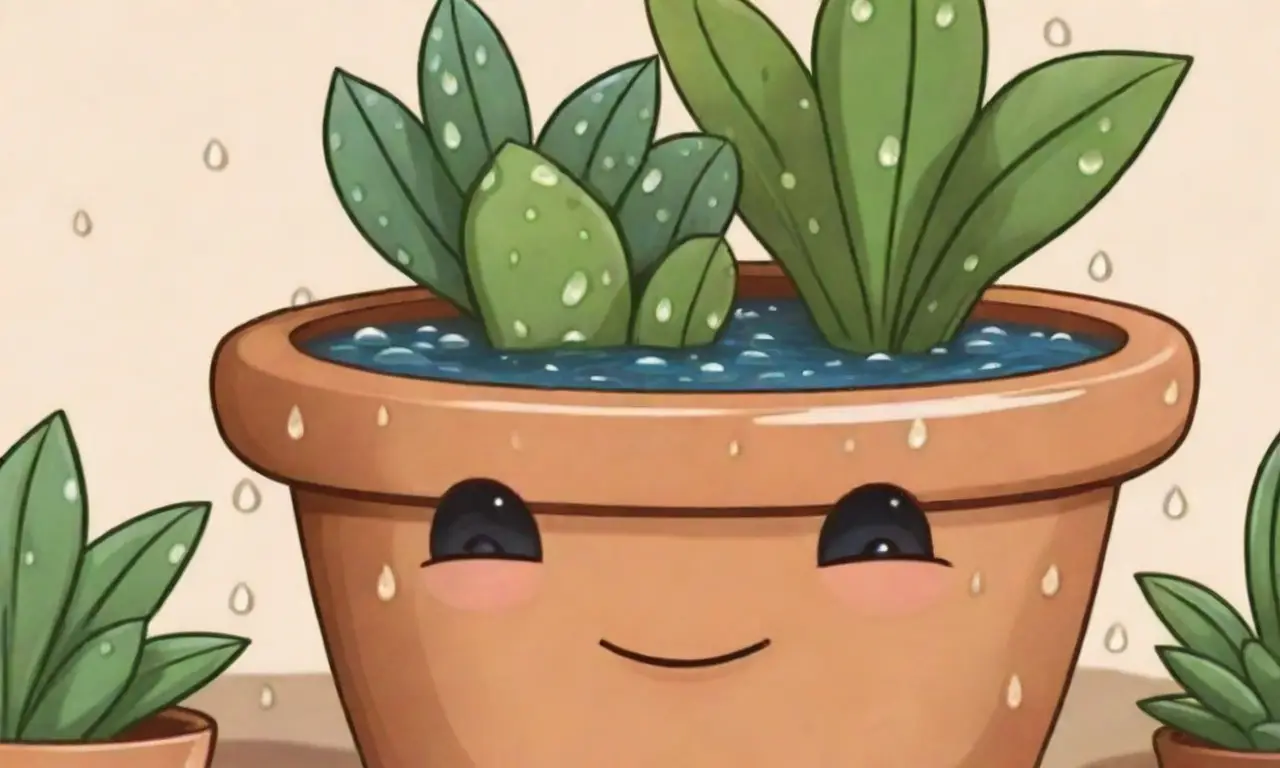
Finding the right drainage hole placement in succulent pots is essential to ensure the long-term health and vitality of these remarkable plants. Understanding the role that drainage plays, along with considering factors like pot material, shape, and soil type, can help you make informed decisions that promote flourishing growth.
While it’s easy to overlook the simplistic concept of drainage, it is a foundational pillar of successful succulent care. By investing time and attention to the pots in which your succulents are housed, you can create environments that mimic their natural habitats, helping your plants to grow vibrant and resilient.
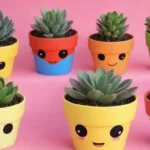 Bespoke Succulent Containers: Customizing for Unique Styles
Bespoke Succulent Containers: Customizing for Unique StylesUltimately, it’s all about trial and error. Each succulent species brings unique needs and preferences, so take the time to learn and adapt. With careful consideration of drainage hole placement and an understanding of the various factors that contribute to the well-being of your plants, you’ll soon be on your way to cultivating a beautiful, thriving succulent collection. Happy planting!
If you want to read more articles similar to Finding the Right Drainage Hole Placement in Succulent Pots, you can visit the Container Choices category.

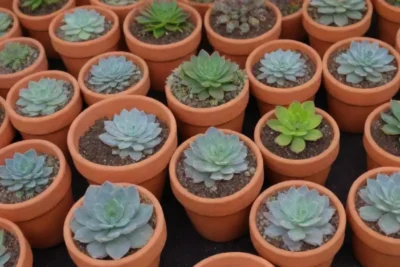
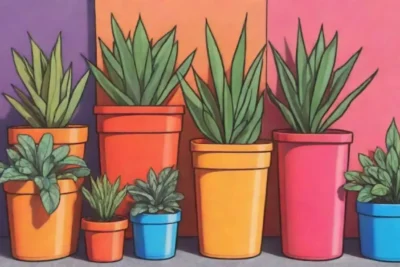
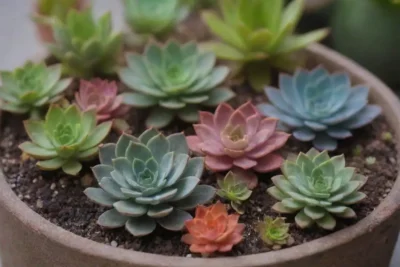
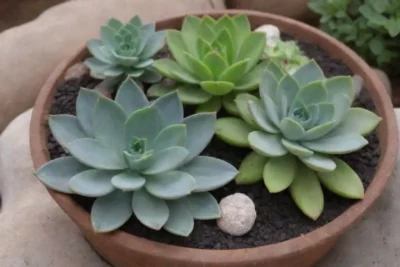
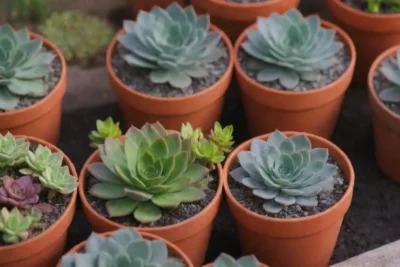
You Must Read